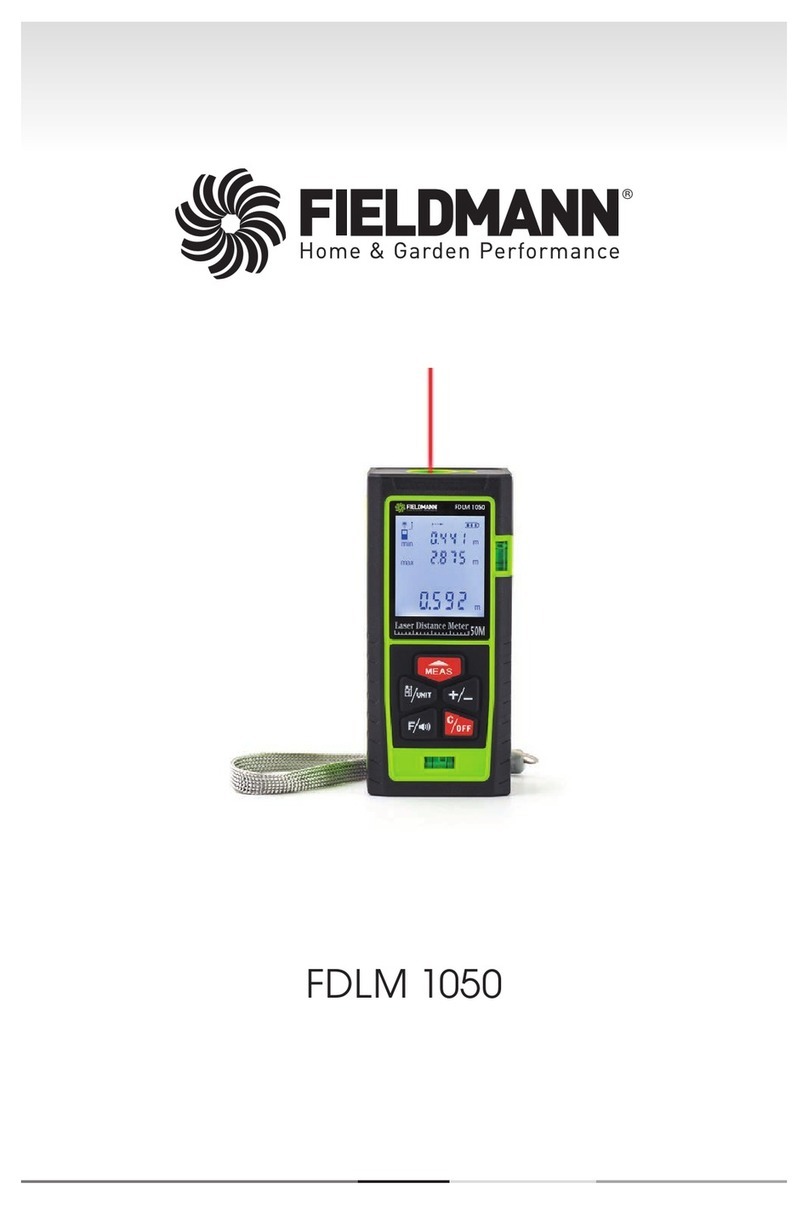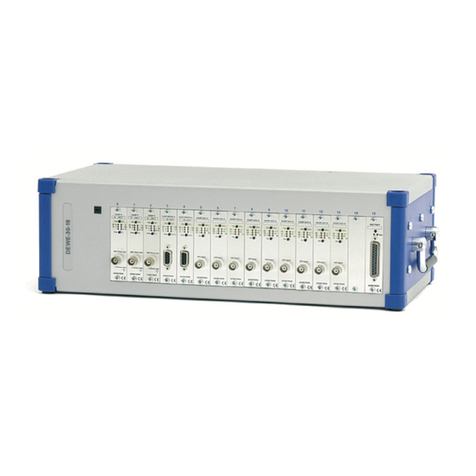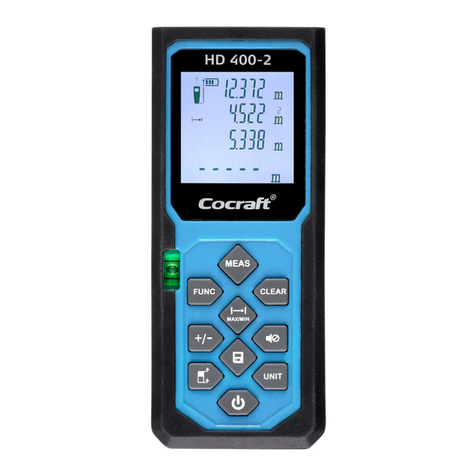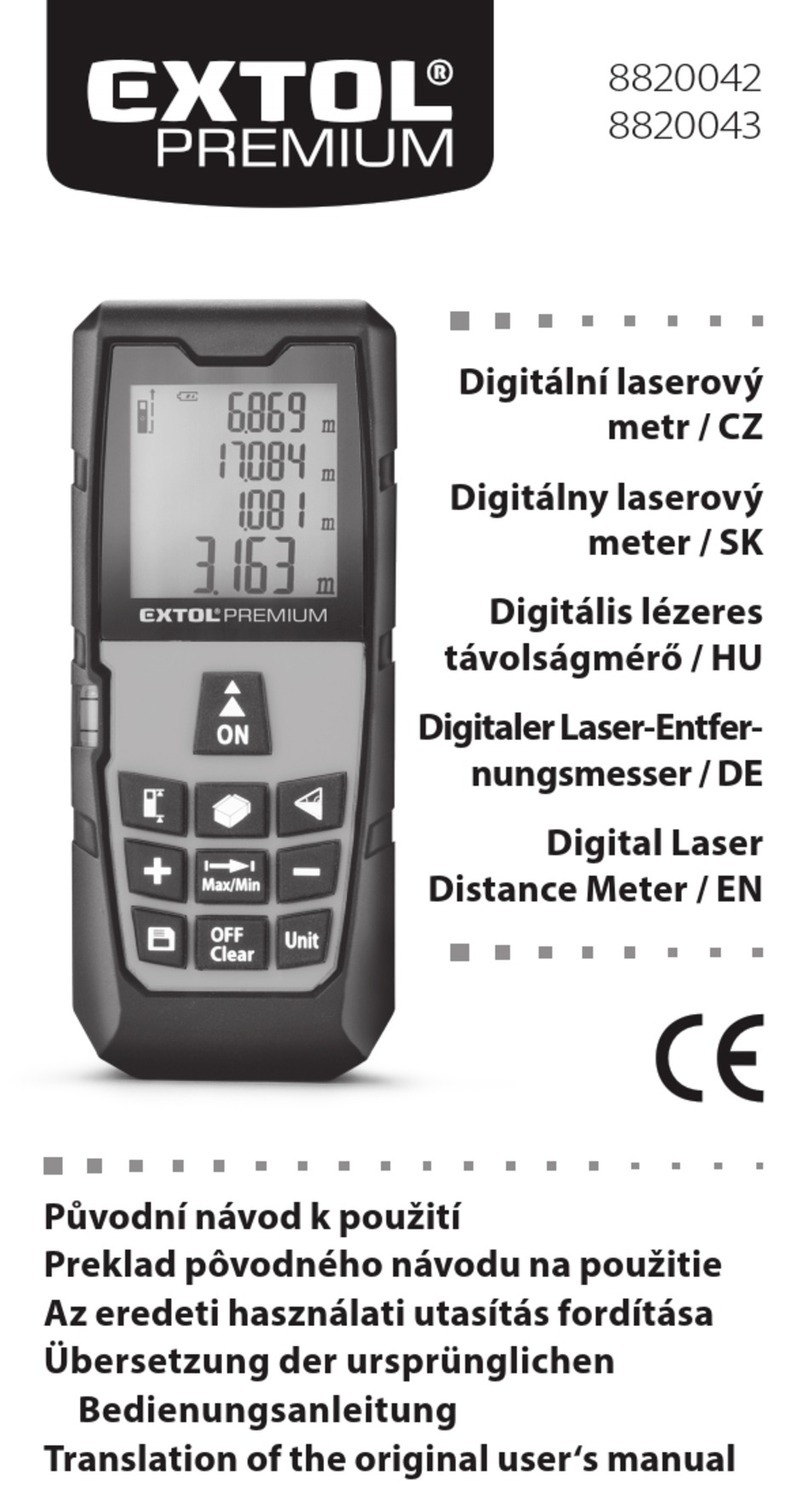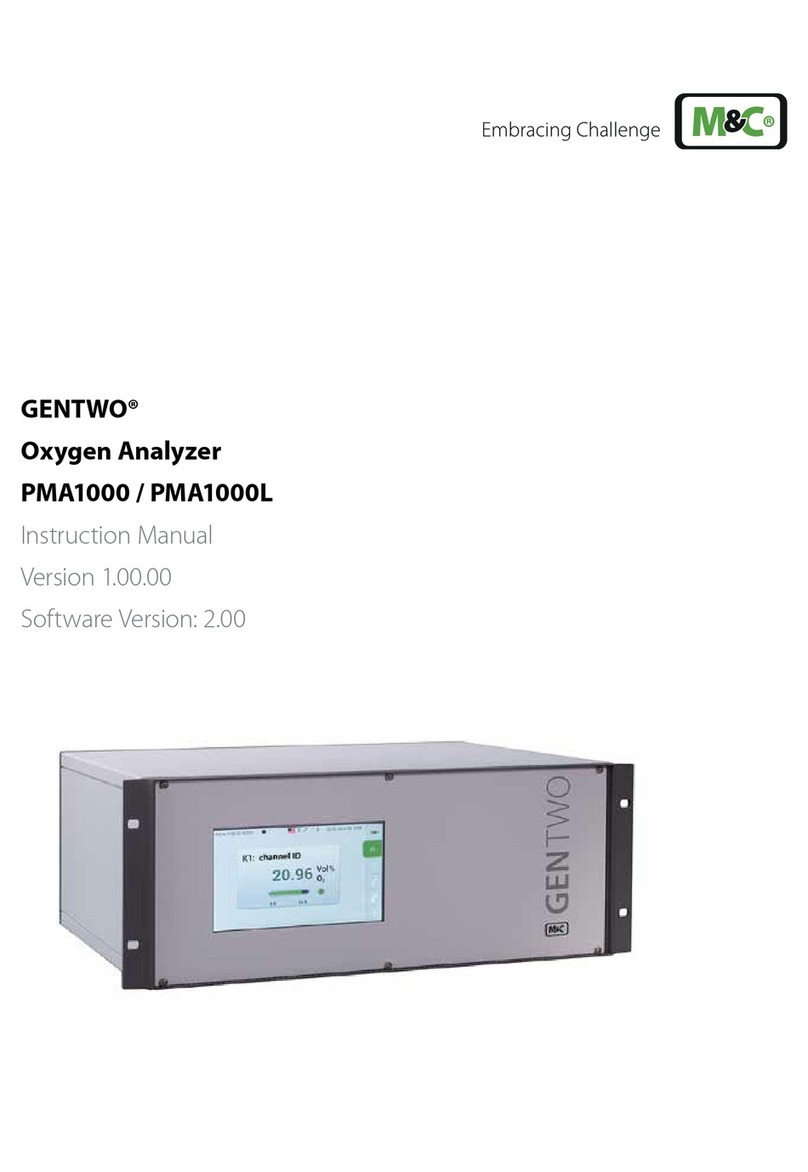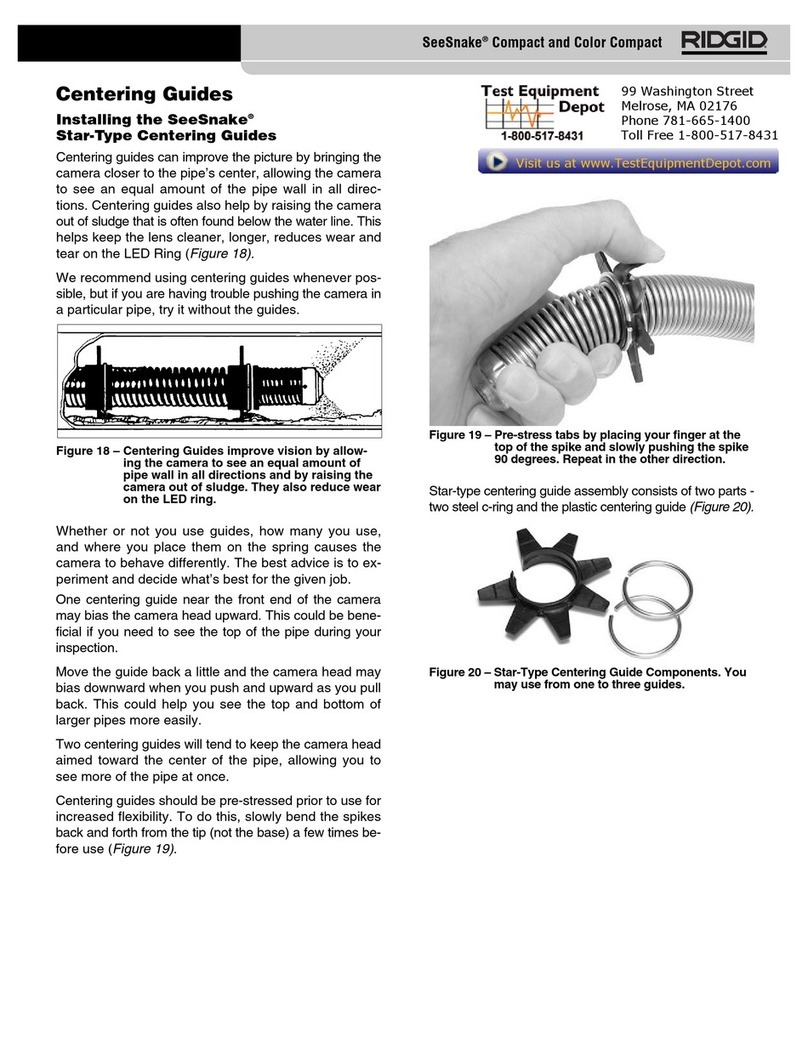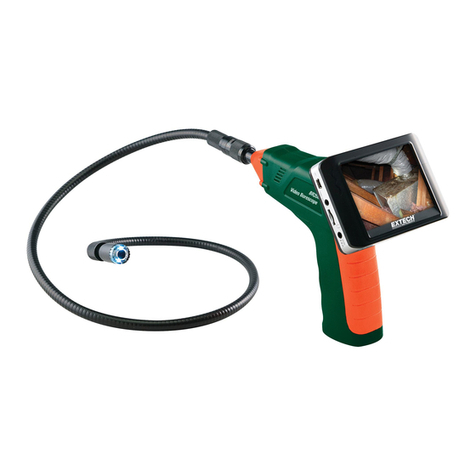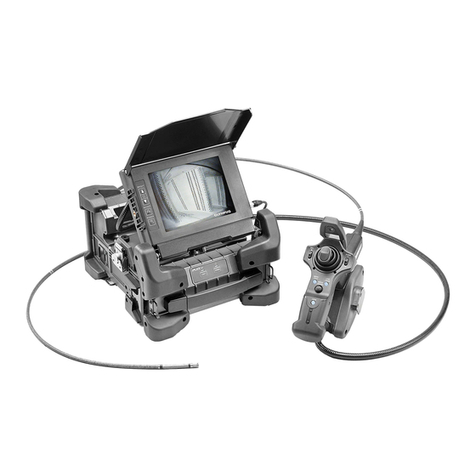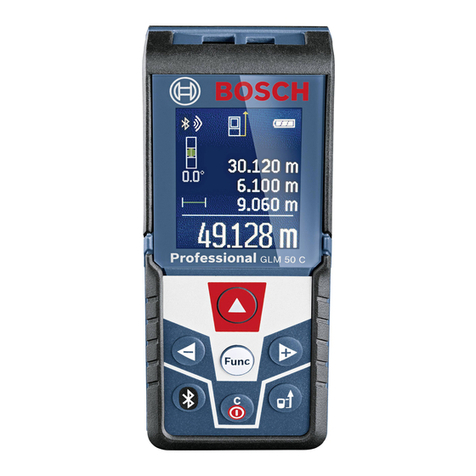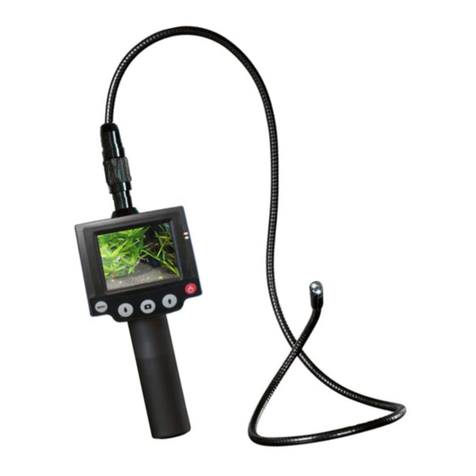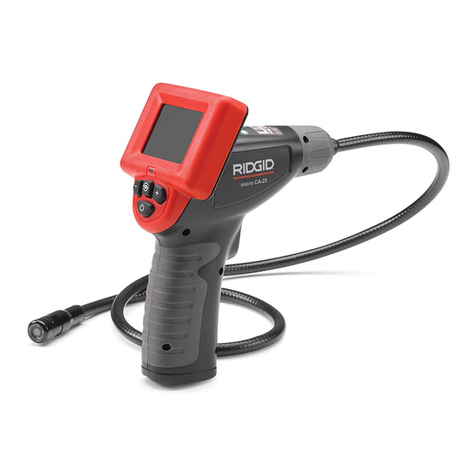
8.3.3 Reflection with external coupler ......................................................................................................... 51
8.4 Impedance analysis ........................................................................................................... 52
8.4.1 One-Port ............................................................................................................................................ 52
8.4.2 Impedance Adapter ............................................................................................................................ 61
8.4.3 Shunt-Thru ......................................................................................................................................... 66
8.4.4 Shunt-Thru with series resistance ..................................................................................................... 68
8.4.5 Series-Thru ........................................................................................................................................ 69
8.4.6 Voltage/Current .................................................................................................................................. 70
8.4.7 External Bridge .................................................................................................................................. 71
8.5 Advanced .......................................................................................................................... 72
8.5.1 SCPI server ........................................................................................................................................ 72
9 Measurement and Device settings ................................................................................. 74
9.1 Hardware setup .................................................................................................................. 74
9.2 Receiver Bandwidth ........................................................................................................... 76
9.3 Choosing the receiver attenuator ....................................................................................... 78
9.4 Signal source settings ........................................................................................................ 80
9.5 Using external probes ........................................................................................................ 83
10 Calibration / Correction ................................................................................................... 85
10.1 Internal device calibration ................................................................................................... 85
10.2 Performing a Gain Calibration ............................................................................................ 86
10.2.1 Calibrating a Transmission (S21) measurement ................................................................................ 88
10.2.2 Calibrating a Gain/Phase measurement ............................................................................................ 89
10.3 Performing an Impedance Calibration ............................................................................... 91
10.3.1 Calibrating a Reflection or One-Port Impedance measurement ........................................................ 94
10.3.2 Calibrating an External Coupler or External Bridge measurement .................................................... 96
10.3.3 Calibrating an Impedance Adapter measurement ............................................................................. 98
10.3.4 Calibrating a Shunt-Thru or Series-Thru measurement ..................................................................... 100
10.3.5 Calibrating a Voltage/Current measurement ...................................................................................... 102
10.4 Further calibration information ...........................................................................................103
10.4.1 Difference between Full-Range and User-Range calibration .............................................................103
10.4.2 Enabling and disabling a calibration .................................................................................................. 105
10.4.3 Re-performing a calibration ................................................................................................................106
10.4.4 Full-Range calibration below 10 Hz ................................................................................................... 106
10.4.5 Automatic deletion of calibration ........................................................................................................ 107
10.4.6 Saving calibration data .......................................................................................................................107
10.4.7 Exporting calibration data .................................................................................................................. 108
11 Bode Analyzer Suite software features ..........................................................................109
11.1 Exporting and saving measurement data or settings ......................................................... 109
11.1.1 Loading and saving the equipment configuration ............................................................................. 109
11.1.2 Use the clipboard functions to export data .........................................................................................109
11.1.3 Use the clipboard to import data ........................................................................................................ 111
11.1.4 Exporting measurement data to CSV or Excel files ........................................................................... 113
4OMICRON Lab
